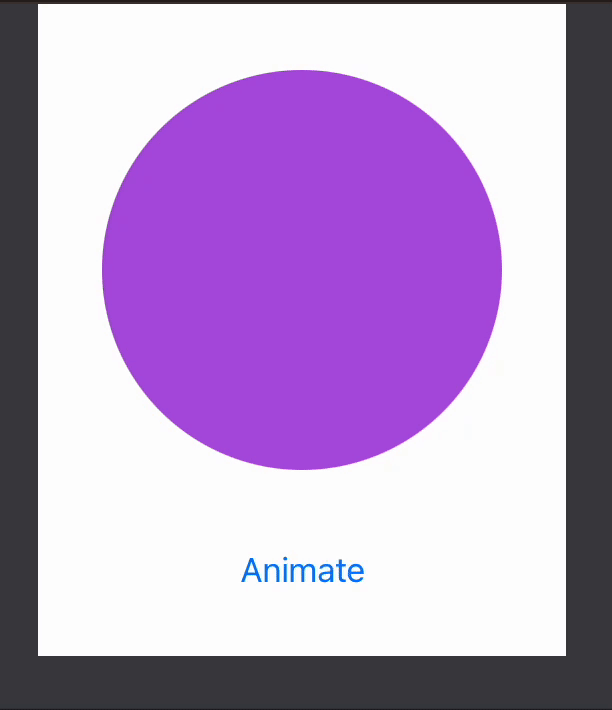
The basic principle behind color animation in SwiftUI is interpolation. Interpolation is the process of calculating intermediate values between two endpoints. In the case of color animation, these endpoints are the starting and ending colors, and the intermediate values represent the colors that the animation transitions through.
When you apply the animation(_:value:)
Under the hood, SwiftUI uses the Color.interpolate() method to calculate intermediate colors. This method takes two colors and a progress value between 0 and 1 and returns the interpolated color. SwiftUI then updates the view’s color property with the interpolated color for each frame of the animation.
One essential aspect of color animation is performance. SwiftUI uses a technique called implicit animation to optimize performance. Implicit animation means that SwiftUI only animates properties that change, rather than re-animating the entire view hierarchy on every frame.

Leave a Reply